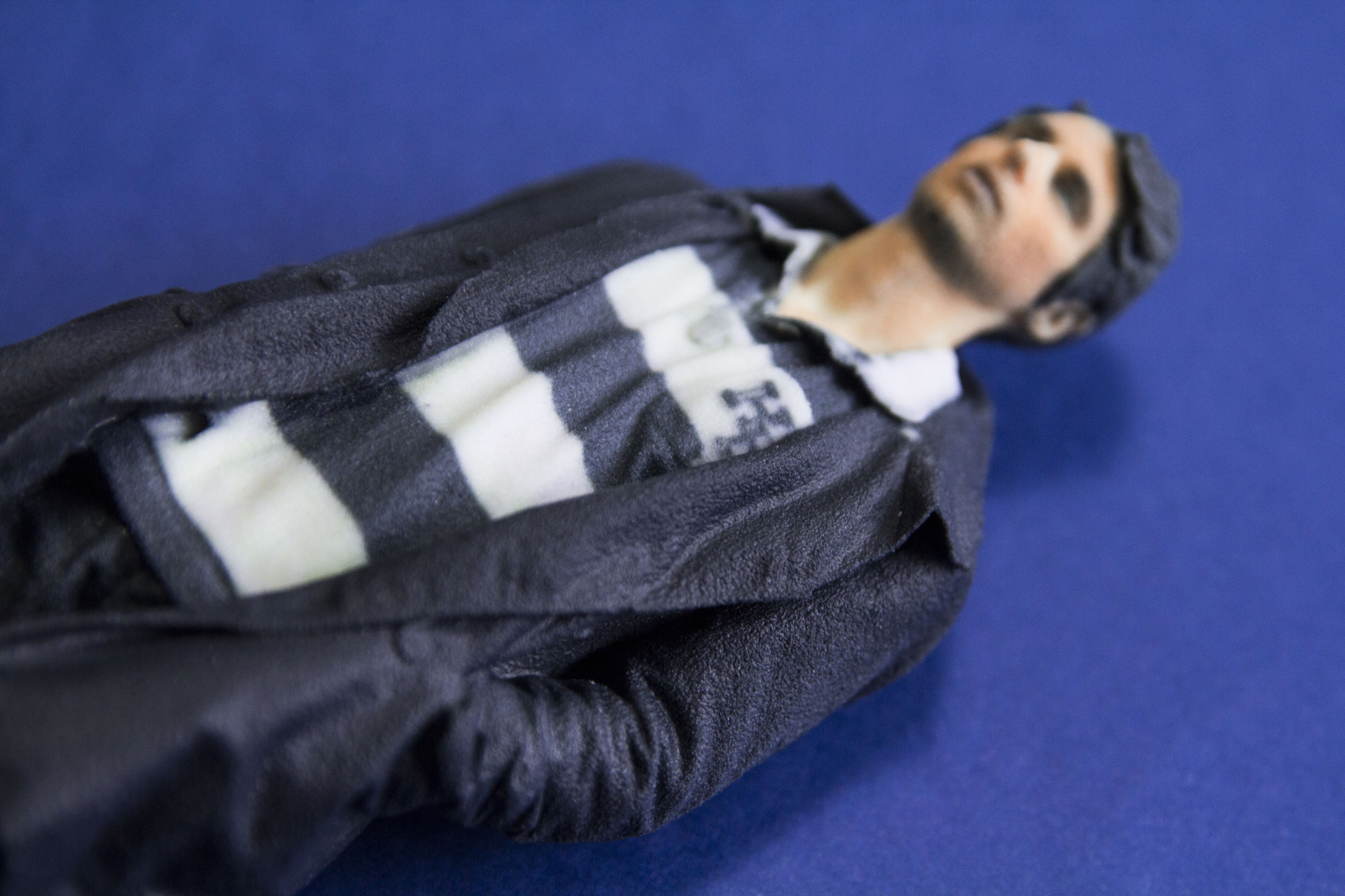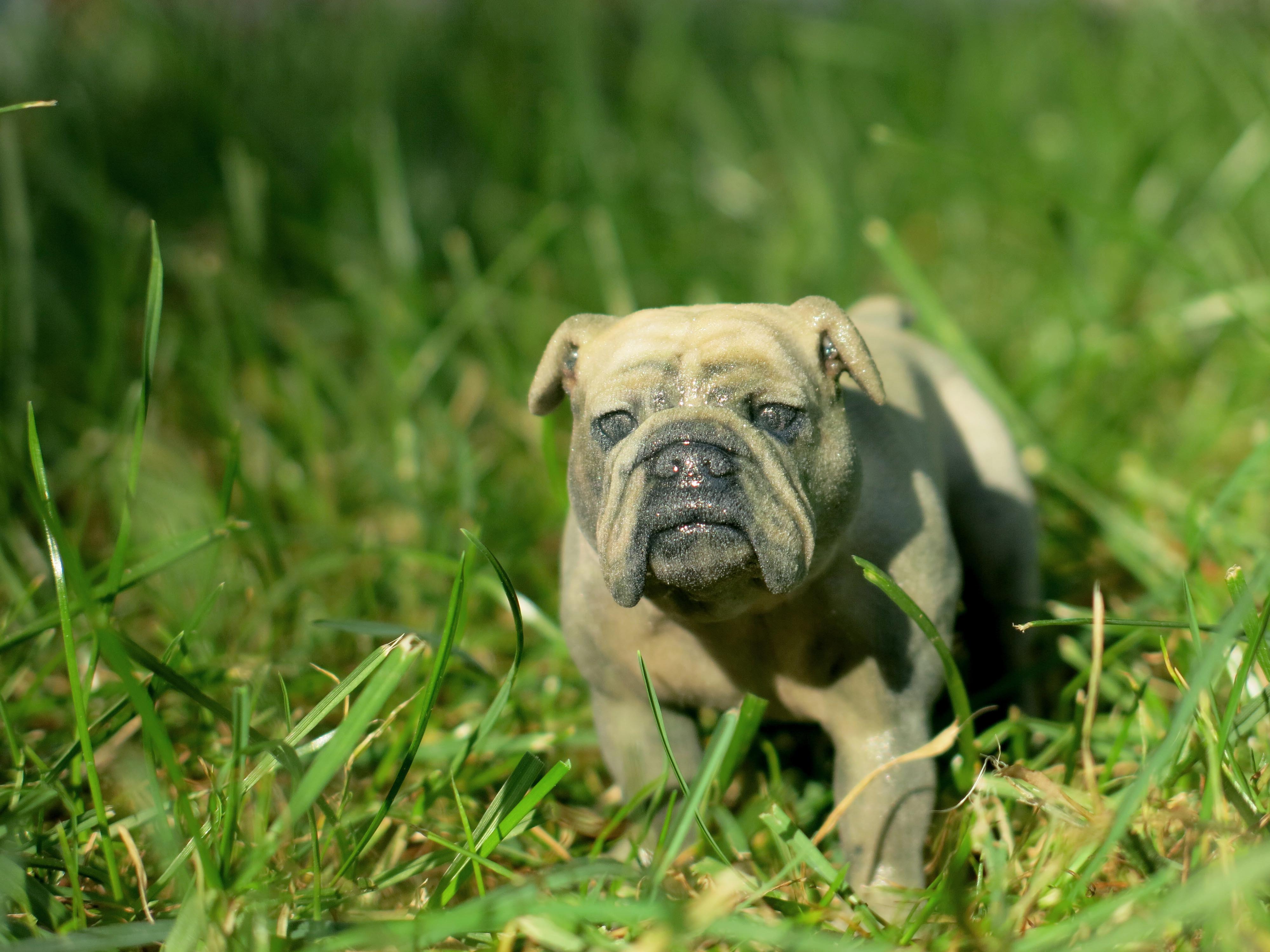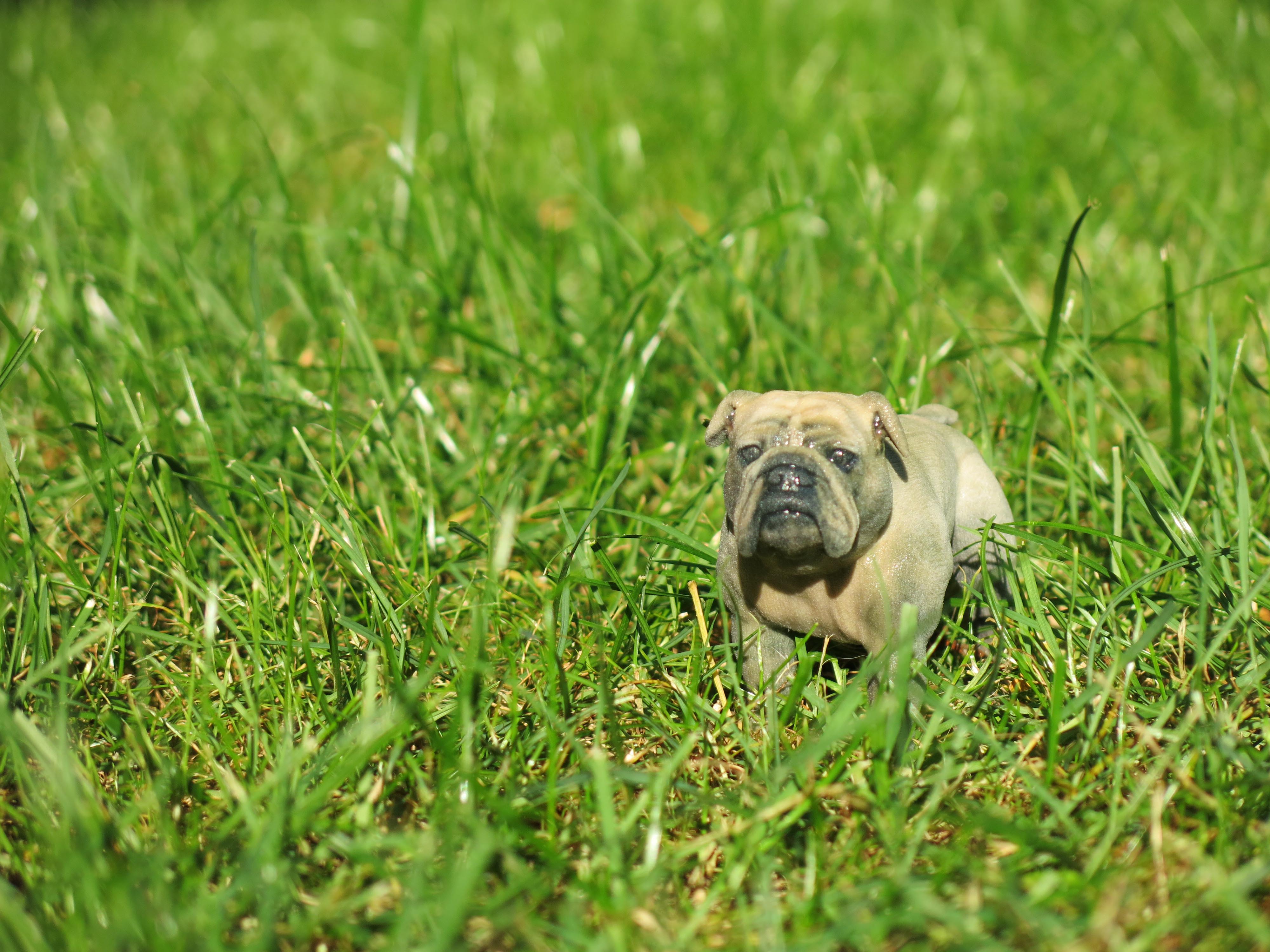Common 3D scan mistakes that impact your 3D prints (with photos & video tutorial links)
Posted By Jess Hedstrom on Oct 9, 2015 | 0 comments
Today you’ll learn more about the “fragile parts” error you receive when uploading your 3D Scan for 3D printing. BONUS we use a free 3D modeling software called MeshLab to fix this error by cleaning up the scan’s messy geometry.
This is the first of 3 scan fixing articles, and in this first article we have a scan of a young girl which was rejected due to “fragile parts”. This is the most common of all errors whether you’re uploading a scan or a traditional 3D model. The reason why so many of us run into the “fragile parts” error is that every material has a corresponding design guideline. So remember, what works in plastic might not work in full color sandstone, and that’s the issue that we run into in this tutorial example (by the way… if you want to check out the entire webinar video tutorial just click here).
What does the “fragile parts” error mean, and what’s the solution?
Most people are acutely aware of the resolution of their 3D prints from 3D scans, and that’s a great thing! Whether you’re scanning yourself or a replacement part that has a function you want to rest assured that it’s an exact replica. One of the most common issues that can distort the accuracy of your print is thin areas or fragile parts. Having walls that are too thin will make the model very delicate with the general handling of the print also if there are large areas with thin wall (aka. fragile parts) this can also causes errors with the build of the model. If certain parts of your model are too thin the 3D printer will leave them off entirely. Here is a video of a tool that will automatically change your model so that it fits the required minimum for your requested material, see how it works.
Now lets see what happens when we try to use that same tool on our aforementioned scan of the young girl…
As you can see the solidity check helps identify where the thin areas are, which is great because we had no idea where the problem spots were before using that feature of the Sculpteo website. However when we tried to use the thickening tool there was a lot of bad geometry introduced to our scan, and we can’t have that. So the question becomes how do we fix this 3D scan using our modeling software? The video above will walk you through the entire process but if you’re pressed for time look below for the steps to correct this issue using 2 completely free 3D modeling softwares, you can download them here: MeshLab
Steps:
1. Open the original file in MeshLab (in split screen make sure to have both MeshLab and Sculpteo’s solidity check screen pulled up).
2. Remesh the model in order to have a smoother mesh for the scan, so that we can upload again, goal is to keep the good geometry of the orig. model but remove all the noisy bad geometry.
3. Use the “Surface Reconstruction” feature in MeshLab watch this video to learn more about this effect.
By watching the rest of the video you’ll be able to see how Zach and Alvise complete the file and upload it without errors to the Sculpteo website.
recap:
– In MeshLab colors were applied to the triangle faces, we transfered color per vertex then reverted it back to “color by faces” since that’s how the Sculpteo website reads the texture file
– Then we deleted the holes so that we don’t receive additional errors
– Next we created a flat base in NetFabb
– And finally we created a single shell
If you’re interested in how to fix additional 3D scan mistakes, keep a close eye on the Sculpteo blog because the next edition will be coming up shortly.


 Connect with Google
Connect with Google Connect with Facebook
Connect with Facebook

